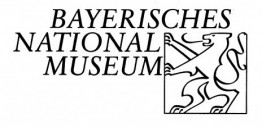Bayerisches Nationalmuseum
Since 1 May 2014 the Bayerisches Nationalmuseum (Bavarian National Museum) has had its own department for provenance research. As a result, it is now in a position to meet its obligations in full regarding the identification and restitution of cultural assets confiscated as a result of Nazi persecution, as specified in the Washington Principles of 3 December 1998 at the Conference on Holocaust-Era Assets that were also signed by the Federal Republic of Germany. The duties of the department of provenance research encompass the systematic and thorough review of the provenance of the museum’s holdings from 1933 up to the present day, based on existing documentation, as well as the handling of concrete restitution questions and requests. In 2005, the Bayerisches Nationalmuseum already published its initial findings on certain items in its holdings in Entehrt. Ausgeplündert. Arisiert. Entrechtung und Enteignung der Juden (Magdeburg 2005) and, in 2006, in the commemorative publication 150 Jahre Bayerisches Nationalmuseum.
Dr. Alfred Grimm is Head of the Provenance Research Department.
Dr. Ilse von zur Mühlen is working on the project ‘Works in Metal from the Art Collection of Hermann Göring in the Bavarian National Museum’, sponsored by the Bavarian State Ministry of Education, Science and the Arts and the German Lost Art Foundation (Magdeburg), as a research fellow (01.04.2015–31.03.2017).
Systematic review of holdings
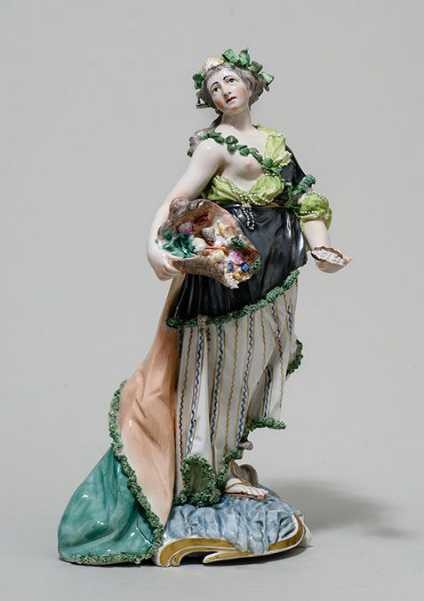 Porzellanfigur der Thetis (Inv.-Nr. 42/212)
Porzellanfigur der Thetis (Inv.-Nr. 42/212)
©Bayerisches Nationalmuseum München
The first survey of around 6000 individual items acquired between 1933 and 1945 has now been concluded. All objects have been classified according to the criteria ‘not encumbered’ (80%), ‘possibly encumbered’ (3%) and ‘encumbered’ (17%). Nine objects that have now been identified as having been acquired as a result of Nazi persecution have since been uploaded onto ‘Lost Art’. These include the porcelain figure of Thetis (inv. no. 42/212). At the same time a cursory inspection of objects that entered the collection after 1945 was carried out together with the heads of division and conservators.
‘Transfers of state-owned property’ from the ‘Göring Collection'
Between 2012 and 2014 Ilse von zur Mühlen identified a number of items that entered the Bayerisches Nationalmuseum after 1945 – from 1961 until 2004 – as ‘transfers of state-owned property’, which had formerly been in the possession of the Nazis (National Socialists – NS – and the National Socialist German Workers’ Party – NSDAD), as having come from the ‘collections’ of Hermann Göring, Hans Frank, Heinrich Hoffmann, Max Amann and Hermann Giesler. Of these, artworks formerly in the possession of Hermann Göring form by far the largest group in number. Ilse von zur Mühlen has been researching their provenance since March 2012.
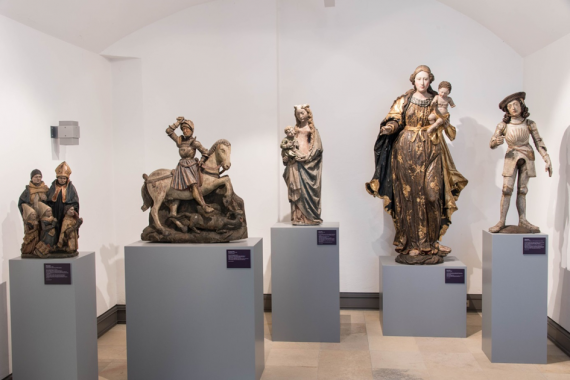 Skulpturen aus der ›Sammlung Göring‹ ©Bayerisches Nationalmuseum München
Skulpturen aus der ›Sammlung Göring‹ ©Bayerisches Nationalmuseum München
Sculptural objects from the ‘Göring Collection’
Between 1961 and 2004 some 430 works of art from the ‘Göring Collection’ in the possession of the Free State of Bavaria were transferred to the Bayerisches Nationalmuseum. The complete holdings that comprise sculptures, metal objects, textiles, tapestries, stained-glass windows, faïence and furniture were examined by Ilse von zur Mühlen between March 2012 and February 2014. The findings on the artworks from the ‘Göring Collection’ have been available on the Bayerisches Nationalmuseum’s Internet database since July 2014. These are updated as appropriate. At the same time, the sculptural objects – totalling 73 individual items in all – have been registered on ‘Lost Art’.
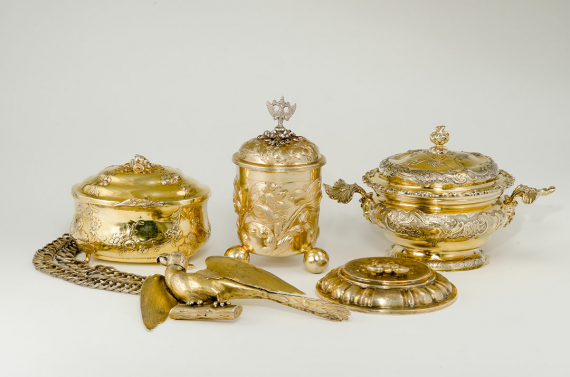 Werke der Metallkunst aus der ›Sammlung Göring‹
Werke der Metallkunst aus der ›Sammlung Göring‹
©Bayerisches Nationalmuseum München
Works in metal from the ‘Göring Collection’
Since April 2015 Ilse von zur Mühlen has been focussing on 92 inventory numbers (including sub-numbers), pertaining to works in metal. Unlike sculpture, the provenance of these objects is disproportionally difficult to determine as their inclusion in publications is less common and there is a lack of illustrations as well as the fact that several, very similar copies exist. As in the case of the project on sculptural works in the ‘Göring Collection’, the results of this research will also be made available in brief on the website of the Bayerisches Nationalmuseum and on ‘Lost Art’.
Compulsory surrender of silver in private Jewish ownership (1939)
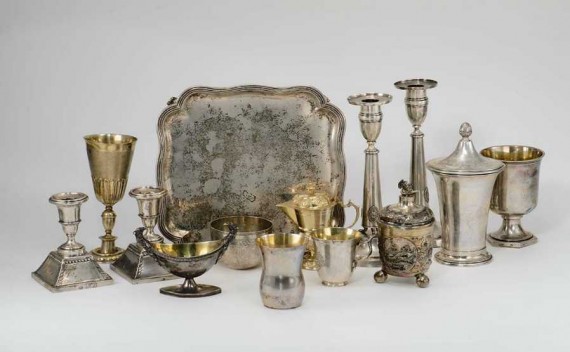 Objekte aus der Zwangsabgabe von Silber aus jüdischem Privatbesitz
Objekte aus der Zwangsabgabe von Silber aus jüdischem Privatbesitz
©Bayerisches Nationalmuseum München
In order to enable the restitution of works to entitled parties, the 112 objects – confiscated as a result of persecution by the Nazis as part of the ‘compulsory surrender of silver in private Jewish ownership’ (1939) – still in the ownership of the Bayerisches Nationalmuseum, or re-transferred to the museum in 1964 and 1969 from the ‘Finanzmittelstelle’ (financial resources office) of the Free State of Bavaria due to the lack of rightful claimants, are now being examined so that they can be uploaded onto the ‘Lost Art’ website.
Restitution verification procedure
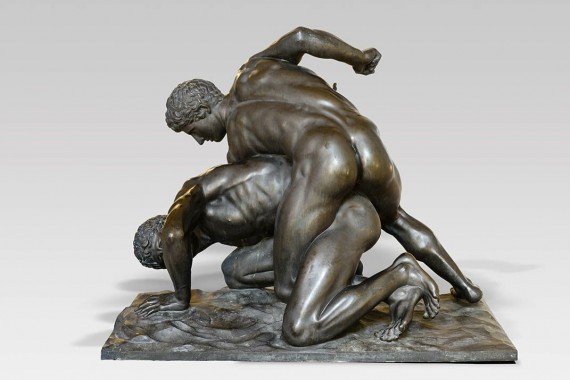 Ringergruppe (Inv.-Nr. 59/10)
Ringergruppe (Inv.-Nr. 59/10)
©Bayerisches Nationalmuseum München
In addition to the museum’s own proactive research, the duties of the provenance research department include the processing of restitution enquiries and verification claims. In this respect, for example, between 2013 and 2016, the Bayerisches Nationalmuseum, in cooperation with the Museum Fünf Kontinente, carried out a survey of works acquired first-hand at three auctions held at the auctioneer’s Paul Graupe in Berlin or from third parties. The results of this research that has now been concluded are soon to be presented online.
Digitalisation of archival records relevant to provenance research
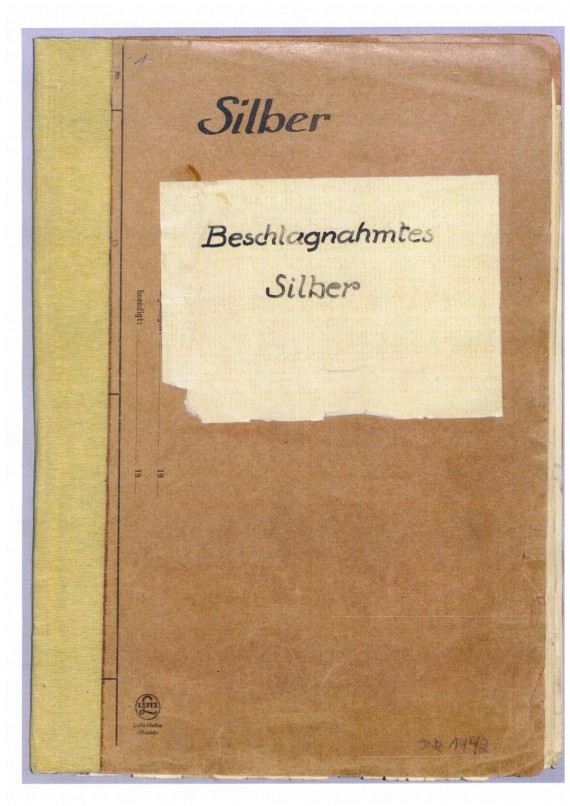 Dokumentation zur Zwangsabgabe von Silber aus jüdischem Privatbesitz
Dokumentation zur Zwangsabgabe von Silber aus jüdischem Privatbesitz
©Bayerisches Nationalmuseum München
Started in 2015 and funded by the Bavarian State Ministry of Education, Science and the Arts, the digitalisation of archival records in the documentation department at the Bayerisches Nationalmuseum (BNM) and relevant to provenance research has now been finished. More precisely, these include records of acquisitions made between 1932 and 1947, all documents in the documentation department at the BNM on objects that entered the museum between 1933 and 1945 and those that were transferred to the Central Collecting Point in Munich after 1945 or restituted to the owners, as well as records on Nazi confiscated art that remained at the BNM. Specific searches can be made on this digitalised database that can be consulted for research purposes at the BNM, both by the general public as well as by members of FPB-affiliated institutions (in the digital FPB resources repository).

